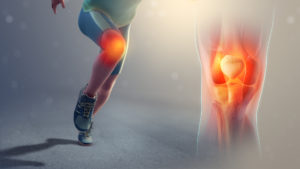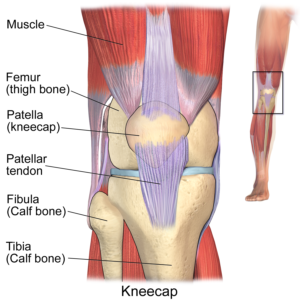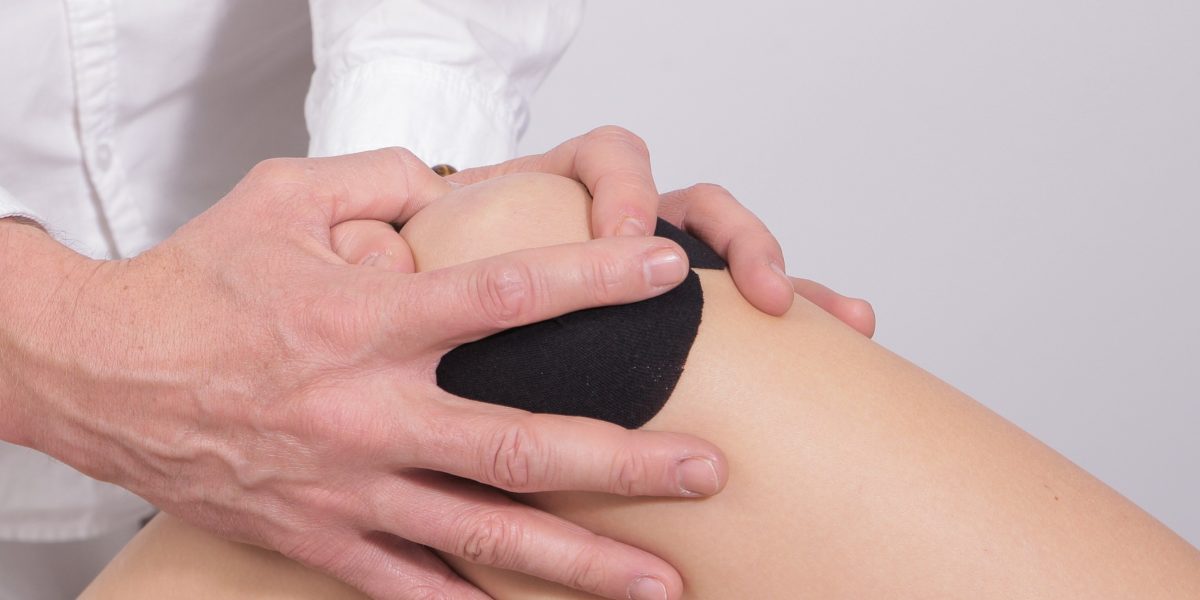Don’t knee problems only plague old people or people who have run for a lifetime? I questioned this when, for the seventh time in a row, my knee was hurting only a mile and a half into my run. I’m too young for this! However, a plethora of information suggests that knee pain is perhaps not so uncommon in younger runners and athletes as I thought.
The American Family Physican published an article detailing one form of knee injury informally called “Runner’s Knee”. A shockingly high number, between 16 and 25 percent, of running related injuries fall into this categorization. Medically termed patellofemoral pain syndrome (PFPS), the ailment manifests in pain or stiffness in the knee, particularly when bent in load-bearing scenarios such as walking, running, jumping, or squatting. The patellar region experiences shocking loads even in the day to day: in walking alone the region experiences up to a half the person’s body weight while in an activity like squatting it can experience up to seven times one’s body weight. Often the pain is hard to pinpoint but occurs in or around the front of the knee within a circular range. It can inhibit or put a stop to training, however, if addressed early on, can often be healed or corrected much more quickly.

In PFPS, the patella (the kneecap) moves abnormally within the groove on the end of the femur (called the femoral trochlear groove) due to imbalanced or unusual loads on the joint. This results in over-stressing the joint and causing pain. Several possible causes exist for PFPS; here, I will focus on three of most commonly cited: increased intensity of activity, weak hip muscles, and overpronation.

Increased Activity
One review explored that women are more likely to suffer from PFPS. In this study they saw that women of higher activity levels were not necessarily more likely to experience pain due to PFPS than women who had a lower activity level. Rather, a substantial increase in activity level seemed to be the cause of pain. Therefore, more than overuse of muscles or joints, PFPS often develops with increased amounts of activity, or temporary overuse, such that the body is not prepared to handle the increased and repetitive forces on the knee.
Weakness in Hip Muscle Strength
This study shows that lower extremity mechanics and motion can be affected by hip strength. For example, inward rotation of the hip can be lessened through strengthening of hip muscles that counteract that rotation. With less internal hip rotation, the knee abduction moment (the tendency of the knee, due to reaction forces from the ground, to rotate inward and away from the balanced midline of the knee joint) decreased which often resulted in less stress in the knee. Therefore, the review suggests that strengthening hip muscles can lower the patellofemoral joint stress and help treat PFPS.
Overpronation
Pronation refers to the natural movement of one’s foot and ankle slightly inward while stepping. When the ankle rotates too far inwards, it is called overpronation. Overpronation can lead to further improper structural alignment in the lower body as the tibia rotates improperly in response to the ankle rotation. The tibia’s rotation then disrupts the natural movement of the patellar joint and can contribute to PFPS. In many cases, overpronation can be corrected through use of orthotic shoe inserts that prevent the over-rotation of the foot and ankle.
In conclusion, while we may often associate knee problems with older people or arthritis, PFPS affects many athletes, particularly runners, at any age. Often, proper training programs that do not accelerate activity too quickly, strengthening exercises that focus on the hip muscles, and proper, overpronation-correcting footwear can treat or prevent an individual from being affected by PFPS. Check out some strengthening exercises here.
Featured image by Angelo Esslinger from Pixabay
